The city of 3 cultures
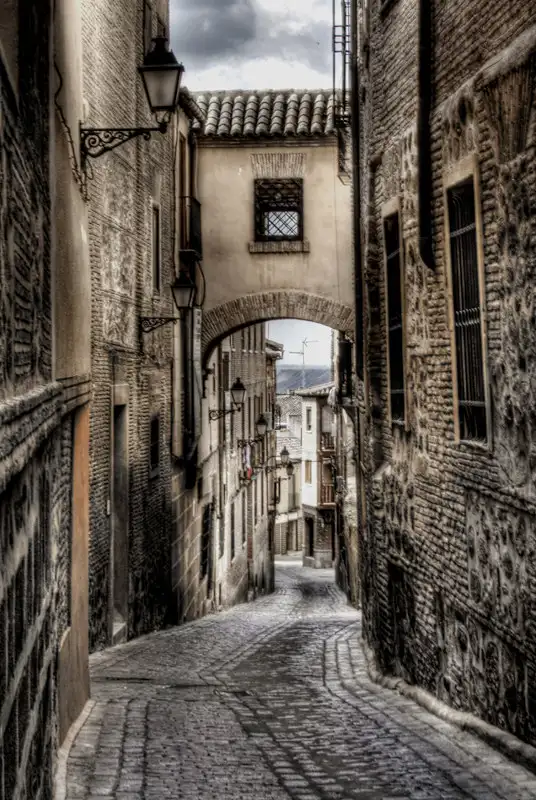
On 28 November 1986, Toledo was declared a «World Heritage City» by UNESCO, as it preserves the traces of the people who have passed through it. It is located on a hill overlooking the plains of Castilla La Mancha.
Its debut in history dates back to 192 BC when it was conquered by the Roman legions who called the city Toletvm.
Under Roman rule, temples, circuses, theatres, amphitheatres, walls and aqueducts were built. After the disappearance of Roman Hispania, the city was occupied by Germanic peoples.
The Visigoths made it their capital and their King Recaredo in 587 and the celebration of the Visigothic councils gave rise to Christianity in Toledo.
At the beginning of the 8th century, with the arrival of the Muslims, the city was renamed Tulaytula and from then on tolerance began to be forged between the three cultures and religions: Jewish, Muslim and Christian, not without periods of confrontation and tension.
The Christian troops of Alfonso VI entered Toledo on 25 May 1085, putting an end to Arab domination. During these medieval centuries, the city of Toledo was the seat of the court and capital of the Castilian monarchy. It was in those centuries that the well-known «Toledo School of Translators» was developed, with Alfonso X the Wise giving it a good boost.
Toledo reached its greatest splendour in the 16th century, even after the transfer of the capital to Madrid in 1561. The population at that time was around 70,000 inhabitants, a figure that has only been surpassed in the last years of the 20th century.
Info: Courtesy of toledoguiaturisticaycultural.com
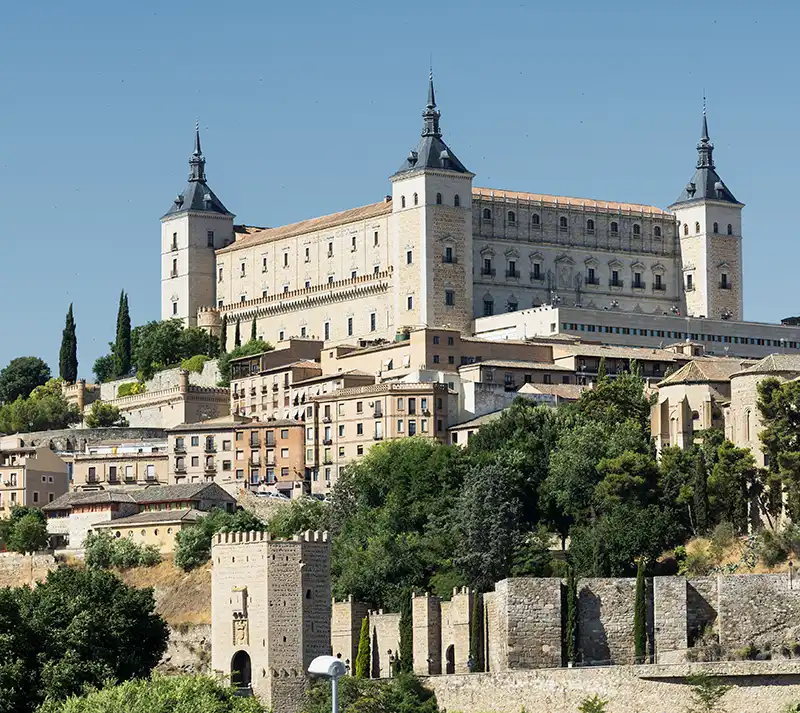
The Army Museum is located in the Alcázar of Toledo. Through its collections and exhibition discourse, the museum shows the history of Spain and reveals the military’s contributions to the intellectual, social, cultural and scientific progress of Spain.
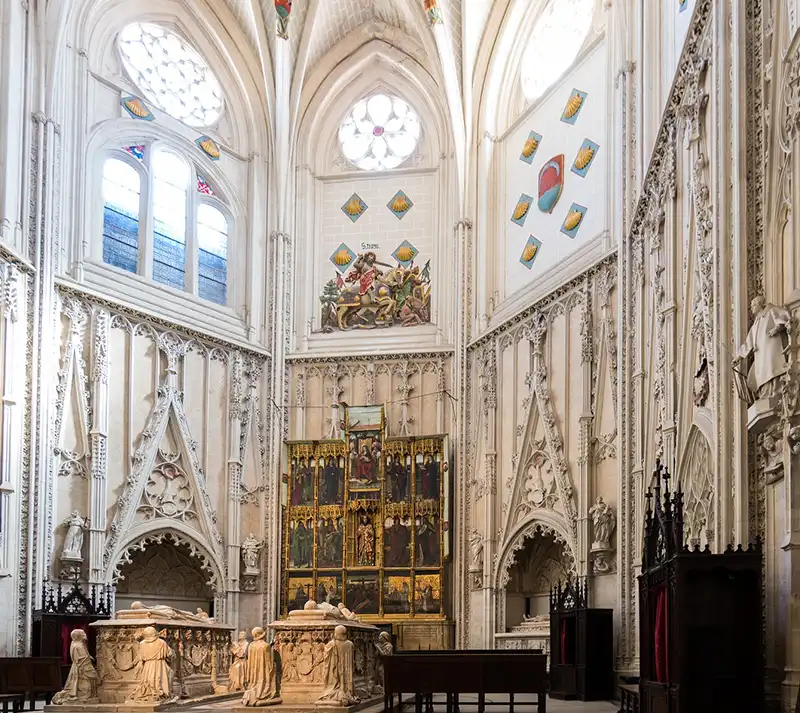
The Holy Church Cathedral, consecrated to the Virgin Mary, began to be built in 1226 on the foundations of the 6th century Visigoth Cathedral, which was used as a mosque. It is considered one of the most representative works of architecture of its time. Multiple artists and architectural styles come together in the Primate Cathedral of Toledo, known in medieval times as DIVES TOLETANA.

It is known by the title of «Nueva» (New) because there is another gate in the vicinity – smaller in size – called Puerta Antigua de Bisagra or Puerta de Alfonso VI (Old Bisagra Gate or Alfonso VI Gate). Its Muslim name was bab a Ssaqra.1 or «Puerta de la Sagra», this being the only direct access to the city of Toledo from the district to the north of the city.
With info from Wikipedia
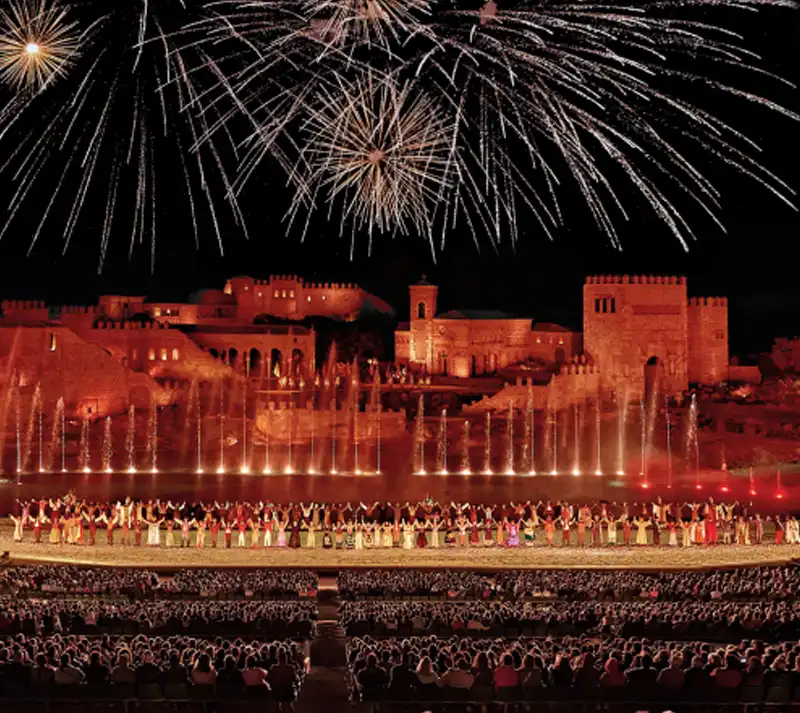
Puy du Fou opened its doors in Toledo in 2019 with the acclaimed night show: The Toledo Dream. In 2021, the large daytime park opened with a spectacular world to travel through history with grandiose shows, several period villages and an endless number of corners where you can taste local gastronomic products.
World Heritage City
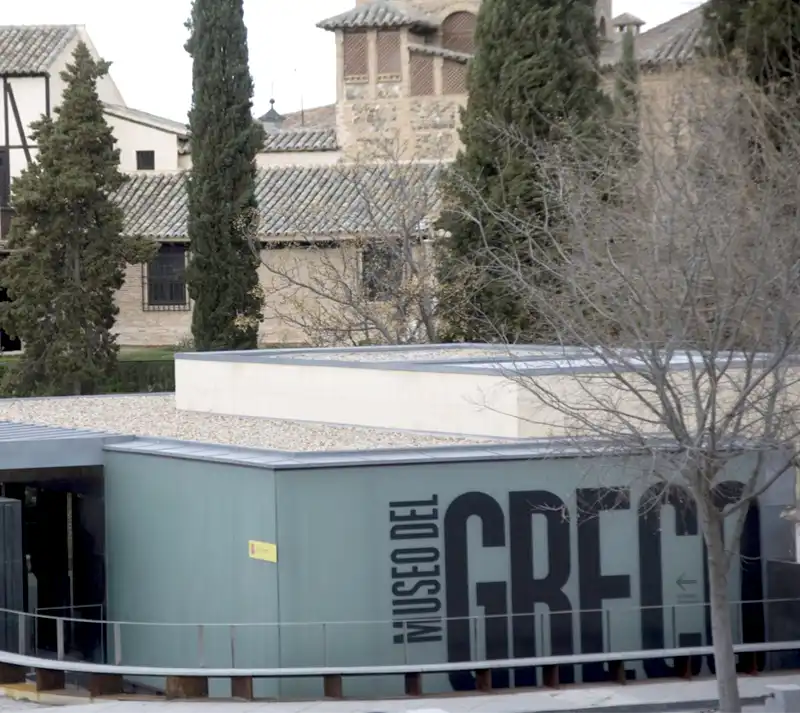
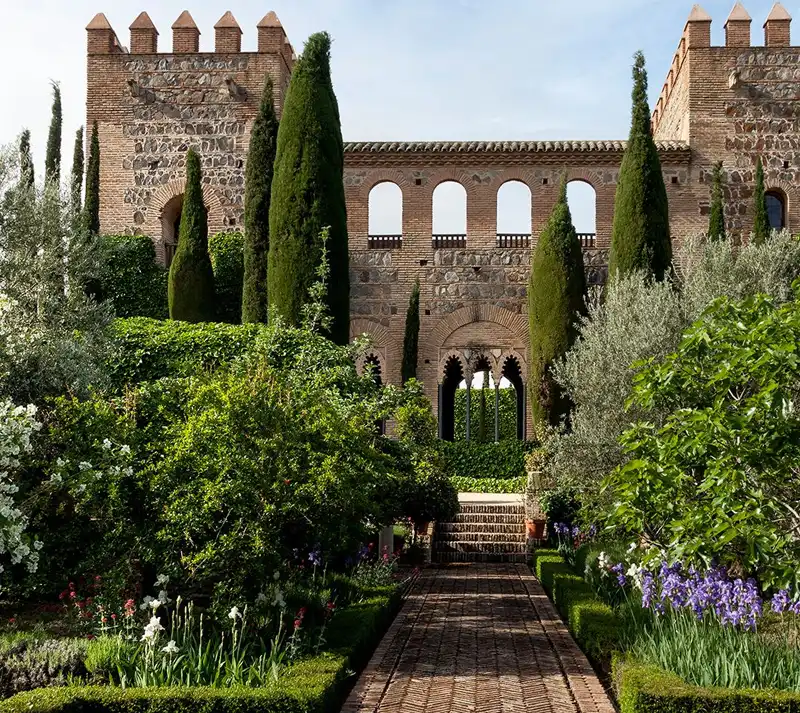
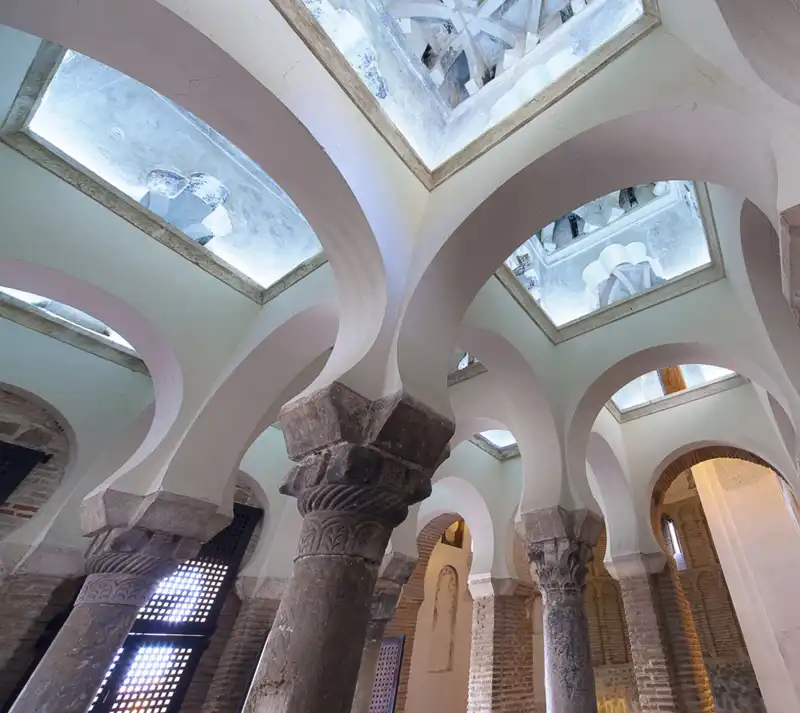
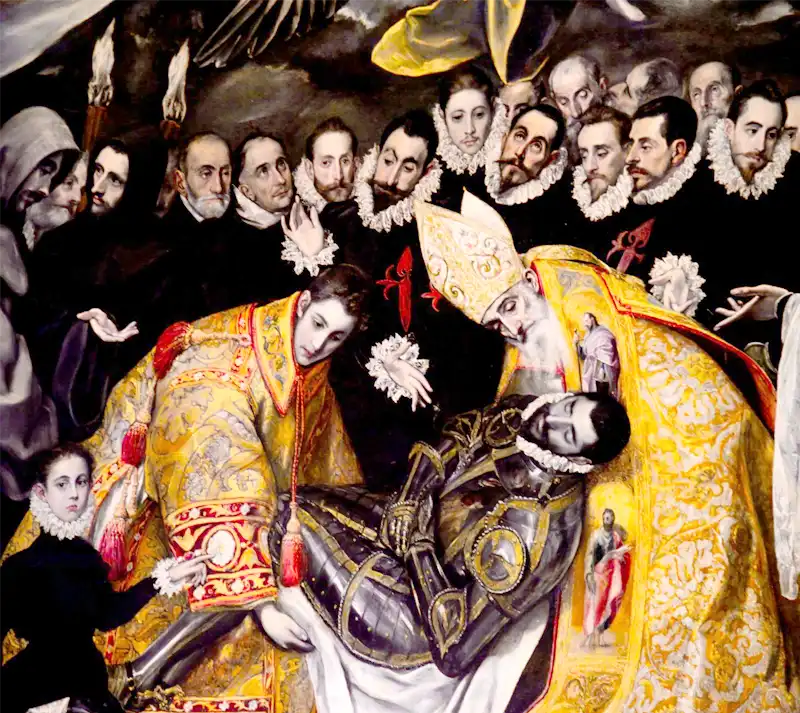
Hablar de Santo Tomé es hacerlo del Greco y su gran obra: “El entierro del Señor de Orgaz”.
Para muchos se trata de la obra pictórica más influyente de la historia universal. Es uno de los espacios turísticos más visitados de España y su belleza no te dejará indiferente.
Come and see for yourself
Toledo sunset from the terrace of La Almunia de San Miguel
This is the official website of Almunia de San Miguel, in the heart of Toledo in Castilla La Mancha. For this reason, we can offer you the best price online, unique offers, an immediate booking and a personalised service.